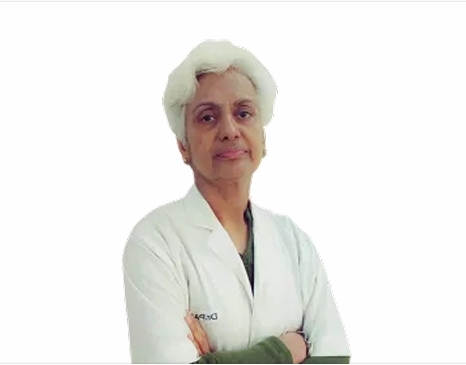Squint Surgery
A Squint is when a person eye do not align properly but look in different. People may also refer to it as ‘ strabismus ‘ it often affect children but can occur at any age . Corrective lenses and other treatments can help.

Squint can be constant or intermittent.
This usually occurs because the muscles that control the movement of the eye and the eyelid, the extra ocular muscle, are not working together.
And the result , both eyes are unable to look at the same spot at the same time.
It can also happen from an injury or disorder to the brain means which impacts the eye’s ability to work together.
It is estimated to affect around 2-5% of the general population.
TYPES OF SQUINT
There are different types of squint. They can be describe by the cause or by
the way the eye turns.
- Hypertrophic : when the eye turns upwards.
- Hypotropia : when the eye turns downwards.
- Esotropia: when the eye turns inwards.
- Exotropia ; when the eye turns outwards.
While treatment up to the age of 6 years is believed to be the most effective surgery can be can be performed at any time.
Signs and symptoms
* Lazy eye
* Double vision
* Amblyopia

Causes
- Congenital, means a person is born with it
- Hereditary, or running in families
- The result of an injury, illness, or sightedness
- Due to a lesion on a cranial nerve
Treatment
- Glasses
- Therapy
- surgery
Note:
It’s imperative to consult with a healthcare professional before opting for any medical procedure to thoroughly understand the potential risks and benefits. Specs Removal Procedures







